To this day, Iceland remains one of the most breathtaking countries I have had the pleasure of visiting. But, unlike some other European countries, Iceland requires a bit more logistical planning to ensure you are optimizing your time exploring. If you are preparing for an Iceland vacation, this guide will help kickstart your itinerary!
Below is a compilation of my tips and tricks for planning and building your Iceland vacation itinerary on a budget.
Planning your Iceland Vacation
What is the best month to plan an Iceland vacation?
1. Best overall weather: April-August
If you are looking for pleasant weather, clear roads, and plenty of daylight, then the best time to plan an Iceland vacation is between April and August. The summer months are great for camping, hiking, and roadtripping. Given that Iceland is closer to the arctic circle, you will also experience a significant amount of daylight – reaching upwards of 22 hours of daylight in June. This gives you ample time to explore sites on your own, if you visit them during off hours. The downside to the summer? Low odds of catching the Northern Lights.
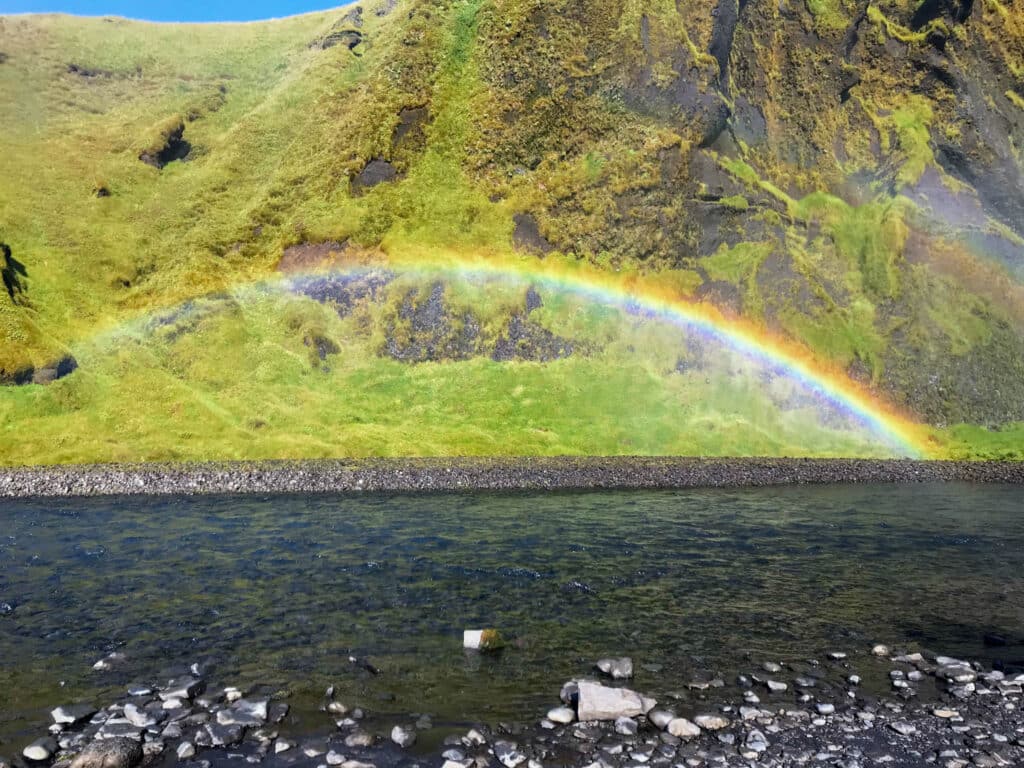
2. Best chances of seeing the Northern Lights: March & September
If you want the best chances of experiencing the Northern Lights without a high likelihood of experiencing inclement weather, then I recommend checking out Iceland in March or September. Due to the changing of the seasons, the Northern Lights are strongest during the fall and spring equinoxes. Although it is never guaranteed, you have a pretty good shot of spying the lights! You may experience some snow during these months, but road closures and blizzards would be rare. If you head to Iceland in March, you might also catch the tail-end of ice-caving and orca mating!
3. Best time for winter activities: December-February
If you want to experience Iceland on your own terms, you can visit during the winter. Iceland in winter is almost a completely different country than it is during the summer. Swap your hiking boots for crampons and explore Iceland’s ice cave system – or take a dip in a hot spring to warm up. The Northern Lights are out during this time, so get ready to chase them. Reykjavik is gorgeous in December, and orca tours kick off closer to February. Winter is a lovely experience, just be sure to bundle up! Also – watch out for road closures due to snowfall, and plan accordingly. Don’t get stuck out on the road without a backup plan and communications at the ready.

How do you get to Iceland?
The easiest way to get to Iceland is by flying to Reykjavik, the country’s capital. The Keflavik airport offers many direct and connecting flights to countries all over the world, and it is relatively easy to navigate. Reykjavik is the largest city in Iceland, and is located on the western side of the country.
If you prefer to bring your own car for the journey, you can also board it onto a ferry leaving from Denmark. The ferry takes anywhere from 2-3 days, depending on the time of year you depart. Note that this is NOT a cheap ticket, by any means. It costs upwards of $600 USD (550 Euros) – so be sure to do some cost evaluation before you decide to go this route. The ferry from Denmark will drop you in Seydisfjördur, which is a small town on the eastern side of the country.
What is the best way to travel around Iceland?
The best way to travel around Iceland is, undoubtedly, by car. There is so much to see strewn about the country, but public transportation is far from ‘aplenty’. I recommend renting a car from the airport, and using that as your transportation to explore the island. This approach will also give you infinitely more control over your itinerary, as you can choose the order in which you visit attractions, and how much time you spend in each place.
Driving around Iceland is shockingly easy. There is one main highway that will take you past nearly everything you want to see. There aren’t many other drivers on the road, so you can cruise with ease.
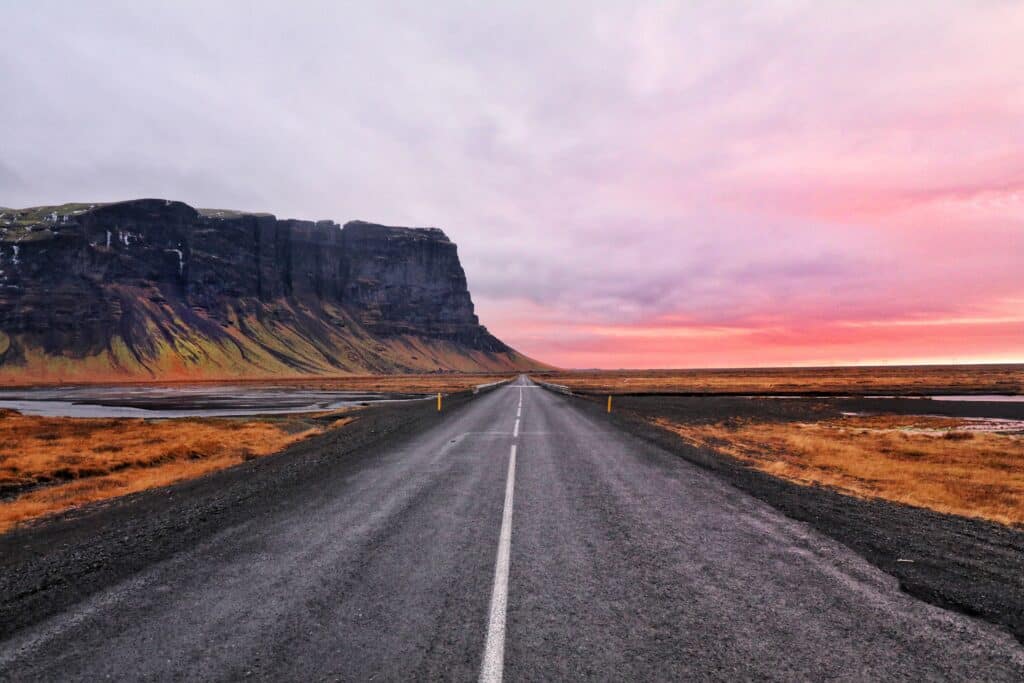
A typical rental car in Iceland costs 3,000-5,500 Icelandic krona per day ($22-40 USD). Camper vans will typically be slightly higher in cost – closer to 10,000-20,000 Icelandic krona per day ($70-139 USD). It will cost more if you want to include insurance as well (which I recommend!) You’ll want to opt for a car with 4×4 wheel drive so you can drive it into more remote areas of the island.
If you do not feel comfortable driving, you can instead opt to stay in Reykjavik and purchase one-off tours to the various sites on the island. This helps eliminate all of the logistics out of your trip, but may end up costing more at the end of the day. I recommend taking this approach if you are solo traveling to Iceland in the winter. That way, you can rest assured that you, alone, will not have to deal with any unforeseen road closures or sudden weather changes on the road.
How many days should I plan for an Iceland vacation?
I would recommend blocking out at least 7-10 days to visit Iceland. The country is relatively small, but you will want to ensure that you are blocking out adequate time to actually stop and see all of the sites – otherwise, you will just be driving the whole time. A week should give you enough time to complete the Ring Road (full circle of the island by car), but it will be a bit tight for time. 10 days is far less rushed.
It is doable to visit Iceland in under a week, but I recommend researching and making a list of the top things you want to see, and then planning a route that optimizes for your specific itinerary. That will help you save on time and fuel during your trip.
If you only want to explore Reykjavik during a stop-over, then 3 days should suffice.
What should I pack for an Iceland vacation?
No matter what time of year you are traveling to Iceland, one thing is certain. It will be WINDY. With that in mind, here are a few must-have items you should absolutely bring along:
- Windproof and waterproof rain jacket
- Windproof and waterproof long pants
- Dri-fit shorts, pants, and tops
- Thermal layers (tops and bottoms)
- Long socks
- Hiking boots
- Bathing suit (for hot springs)
- Towel
- Gloves
- Scarf
- Sunglasses and sunscreen
- Water bottle (for fresh glacial water!)
- Heavy winter jacket (for winter only)
No need to bring an umbrella – it will immediately break in the wind.
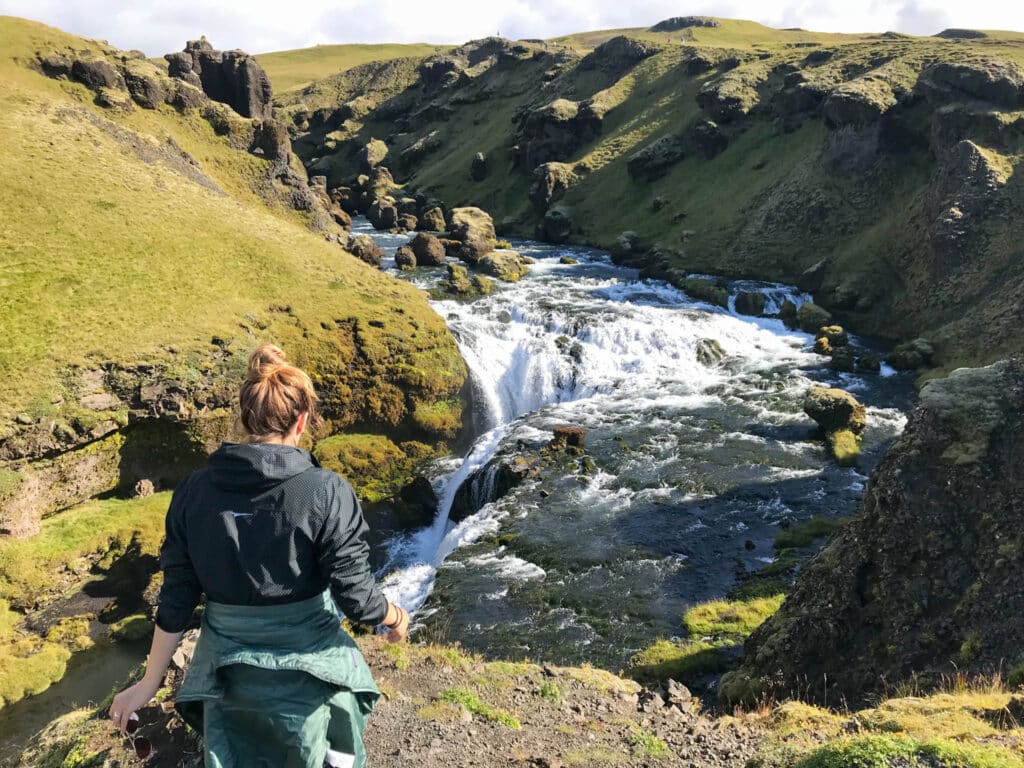
Budgeting for an Iceland Vacation
Is Iceland expensive?
In short, yes. Iceland is widely known for being an expensive country. This is largely due to the fact that, being an island, most goods (including fuel, food, and everyday products) need to be imported from other parts of the world.
That said, there are numerous ways to keep the costs down while traveling this magnificent country. Check out my guide for saving money in Iceland here!
How much should I budget for an Iceland vacation?
If you want to explore Iceland comfortably, without overspending, then I recommend allocating around $100 – $200 USD per day, per person for your trip. I’ve itemized out some of the larger expenses you are likely to encounter on your trip below:
Accommodation
Cost of accommodation will vary based on where you choose to stay. Campsites in Iceland run anywhere from $8 – $18 USD. A hostel in the capital city ranges anywhere from $30 – $60 USD per night, and hotels can reach upwards of $200 USD. Accommodation supply is low, and demand can be high during the peak seasons. I recommend booking well in advance to make sure you are getting the best deals.
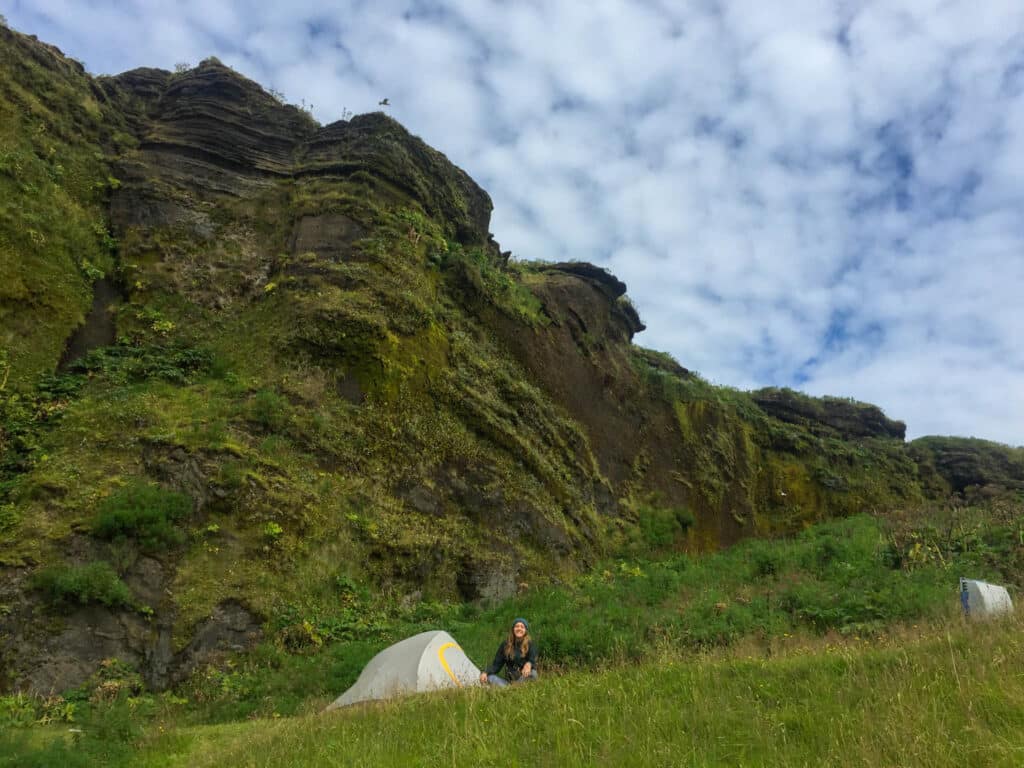
Food
Food in Iceland is where the costs really begin to add up. I remember my friend and I desperately searching for food late on our arrival night, only to discover that Domino’s Pizza (yes… Domino’s) cost upwards of $40 USD. I would estimate that you would be hard pressed to eat a meal out that costs less than $30 USD.
That said, there are a lot of ways to save on food! First, I recommend purchasing and cooking your own food during your trip. Krónan is an excellent food market in Iceland, and the prices are prices are reasonable. Stock up on your food in Reykjavik, as market prices are higher the farther out you go on the Ring Road. (And do yourself a favor and get some rice pudding from Krónan! You will not regret it). If you are cooking your own meals, I recommend budgeting out $15 USD per day on food.
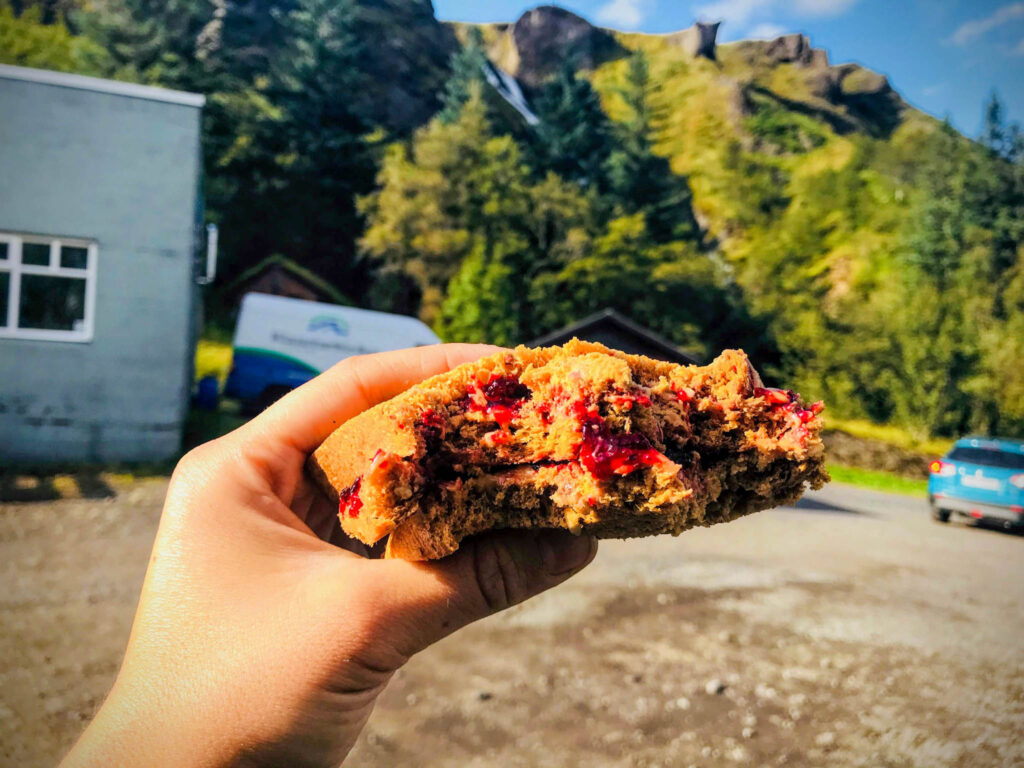
Transportation
The final large expense you are likely to encounter during your trip is transportation costs. If you are renting a car, you will likely need to budget $50-60 USD per day for the rental – with camper vans costing as much as $100 USD per day. Fuel is around $8.70 USD per gallon – and I would estimate that you will need to fill your tank around three times if you do the full Ring Road. I would budget $250 USD just for gas.
If you are opting to stay in Reykajvik and embark on tours, then transportation will be included in your tour prices. Iceland is also the hitchhiking capital of the world, as it is relatively safe, and there are so few roads. If you DO choose to hitchhike, however, please exercise caution and have a plan for communicating with others where you are at all times.
Building an Iceland Vacation Itinerary
Where should I stay in Iceland?
If you are not planning on driving the Ring Road, or if you are only staying for a few days, then I recommend basing yourself in Reykjavik and driving out to nearby sites during the day.
If you ARE planning on embarking on the Ring Road, then you are in luck. Iceland is packed full of lovely towns and stunning campsites to stay at along the way. Vik (southeast), Egilsstadir (east), Husavik (north), and Isafjordur (northwest), are some popular options for those looking to stay in towns. I recommend plotting out your route, and planning to stay in villages that are roughly 3-4 hours away from each other. That way, you can travel slowly during the day, and still have time to see everything.
When I traveled to Iceland, my friend and I camped along the route. There are so many campsite options throughout the country! Two of my favorite campsites were near Seljalandsfoss and Vik. Note that wild camping is prohibited in the country. Be sure to stay at designated campsites only.
How can I see the Northern Lights in Iceland?
The best way to improve your chances of seeing the Northern Lights is to travel to Iceland during the correct time of the year. The Northern Lights are most prevalent during the fall and spring equinoxes, so traveling in March or September is your best bet. You also have high chances of catching the lights if you travel during the winter – provided that the skies are clear. Traveling during the summer will give you the lowest probability of seeing the Northern Lights, as the days can last upwards of 22 hours.
Northern Lights tours are popular among tourists traveling to Iceland. But even if you sign up for a Northern Lights tour, there is no guarantee that you will actually see them. The company cannot PROVIDE the lights – they just sort of… happen. While tours give you a greater probability of seeing them, you can actually do a lot of the solar flare monitoring yourself.
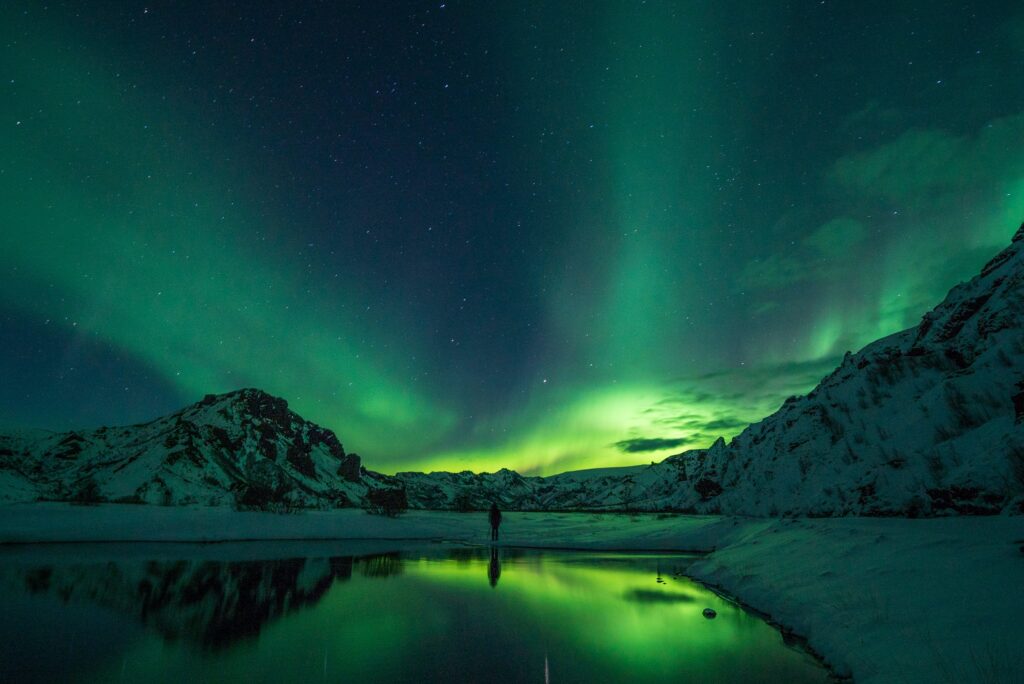
Visit these websites for updates on the radar: Aurora Forecast, Northern Lights Forecast. When reading the forecast, search for areas around the island with minimal cloud coverage and a high probability for the Aurora, and set out for those destinations. Many locals know how to read the radar as well, so when you pop in to grab a coffee, you might as well ask around.
What things should I plan to do on my Iceland vacation?
Iceland is packed full of so many interesting and awe-inspiring things to do. Depending on what time of month you visit the country, you can embark on adventures including: whale watching, bathing in hot springs, exploring volcanos, hiking across the glaciers and cliffs, and ice caving.
My personal favorite experience? Snorkeling in between two continental tectonic plates at Silfra.
Check out my Top 19 Things to Do in Iceland guide for more detailed information!

That’s all, folks!
Hopefully this guide helps you kickstart the planning for your Iceland vacation! Iceland remains one of my most memorable and favorite countries I have had the pleasure of visiting. I know that you will find it equally as charming and beautiful!
Have you traveled to Iceland? Drop a comment with some of your favorite memories below!

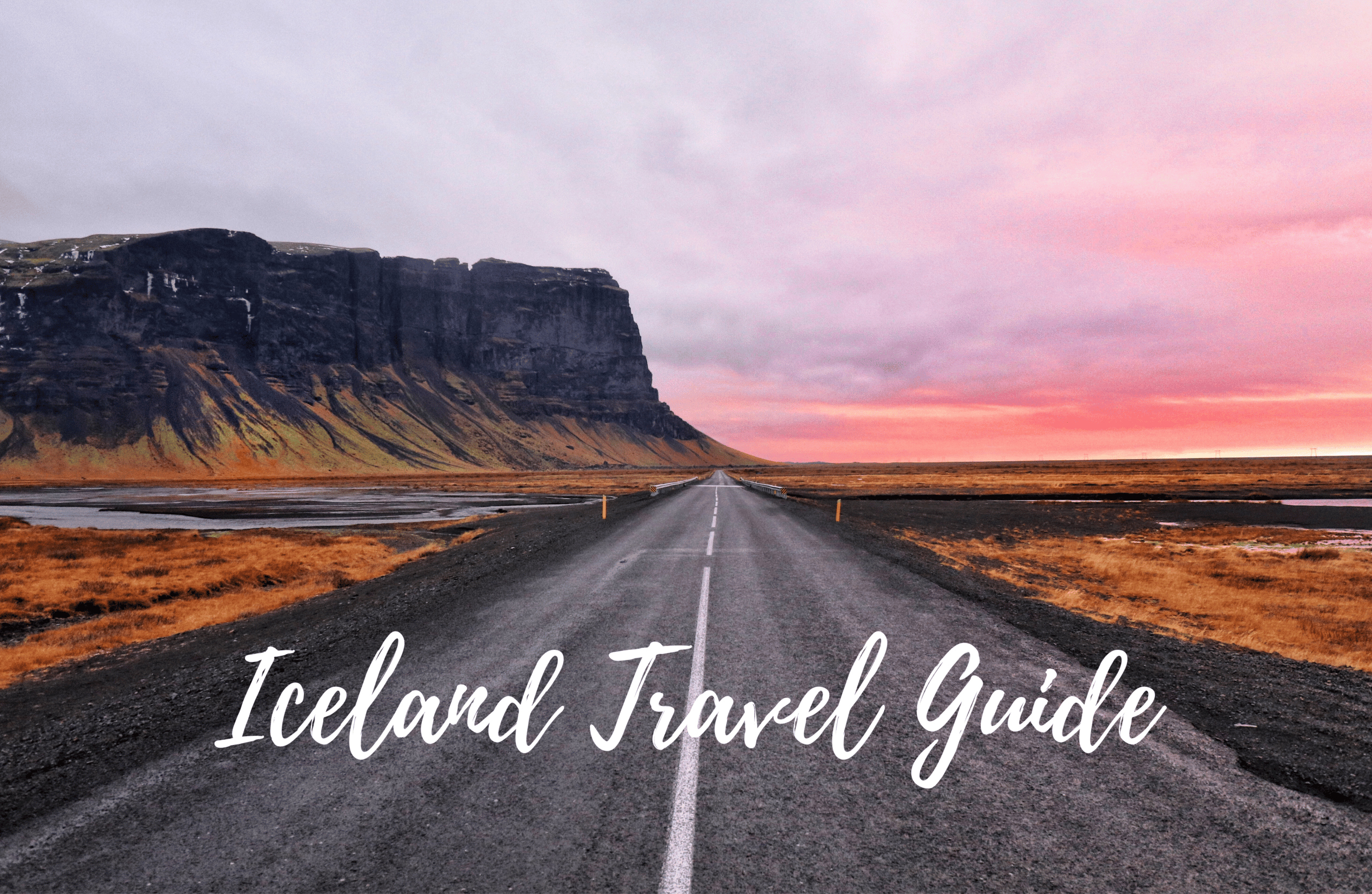
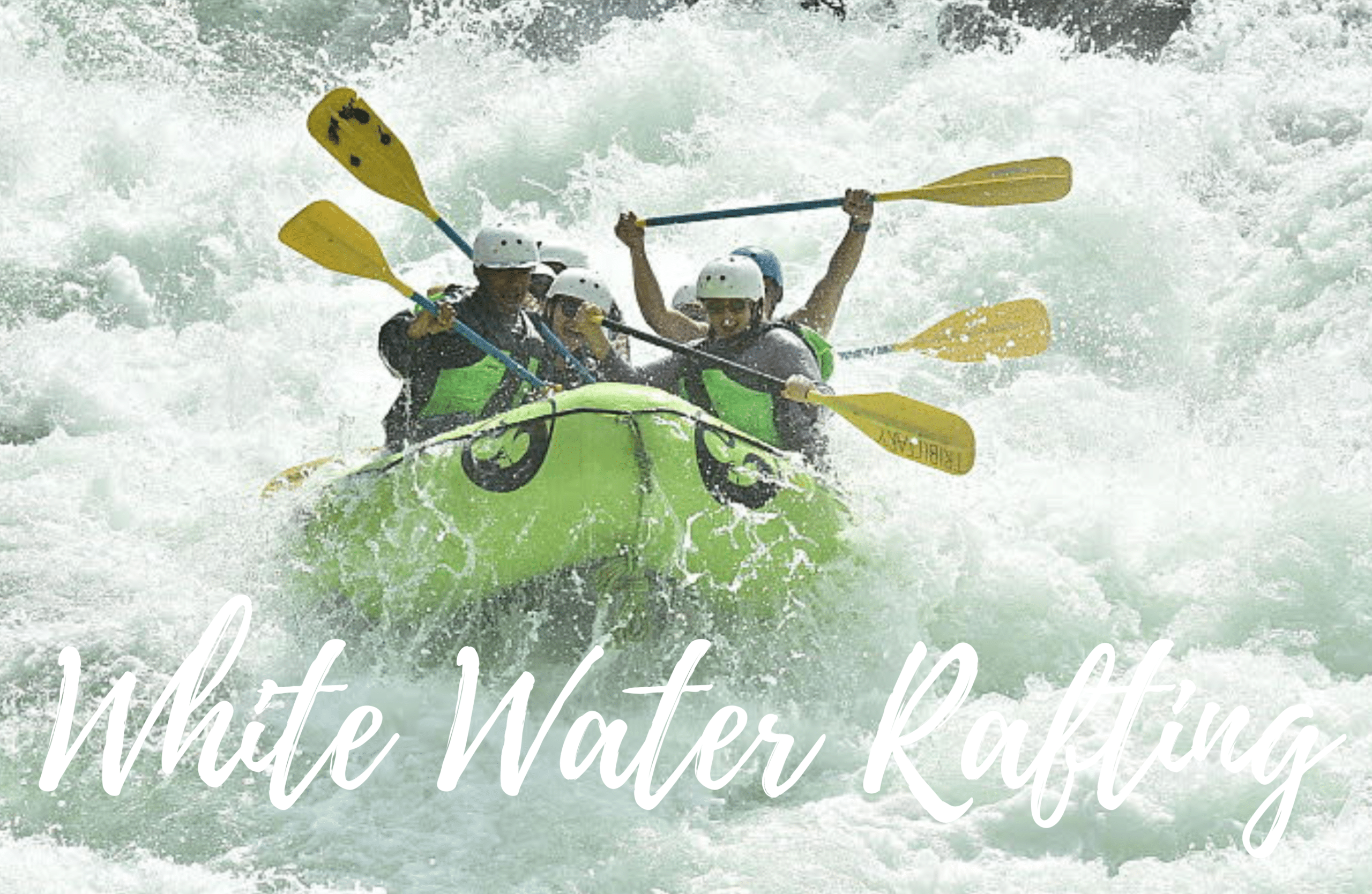
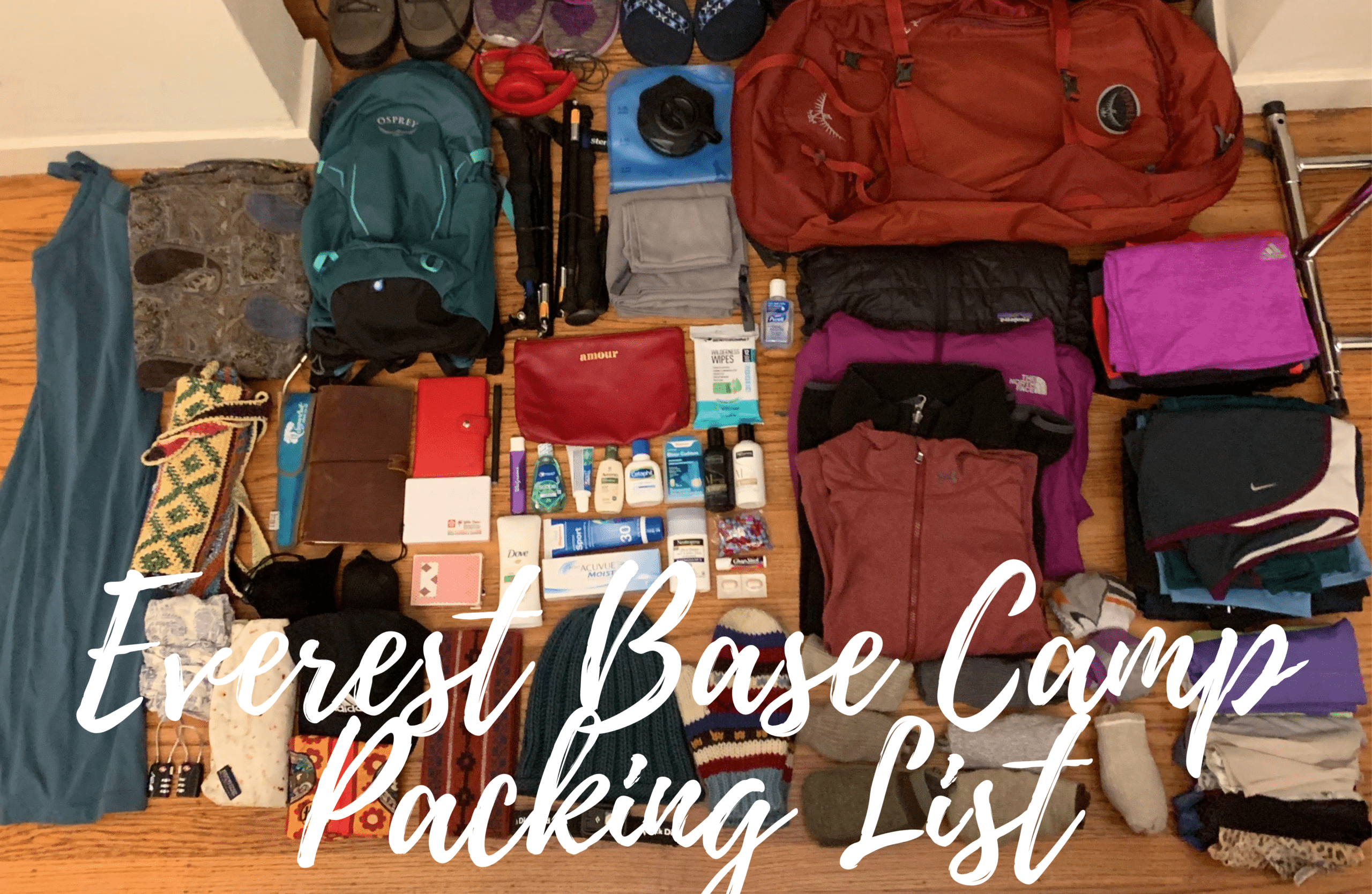

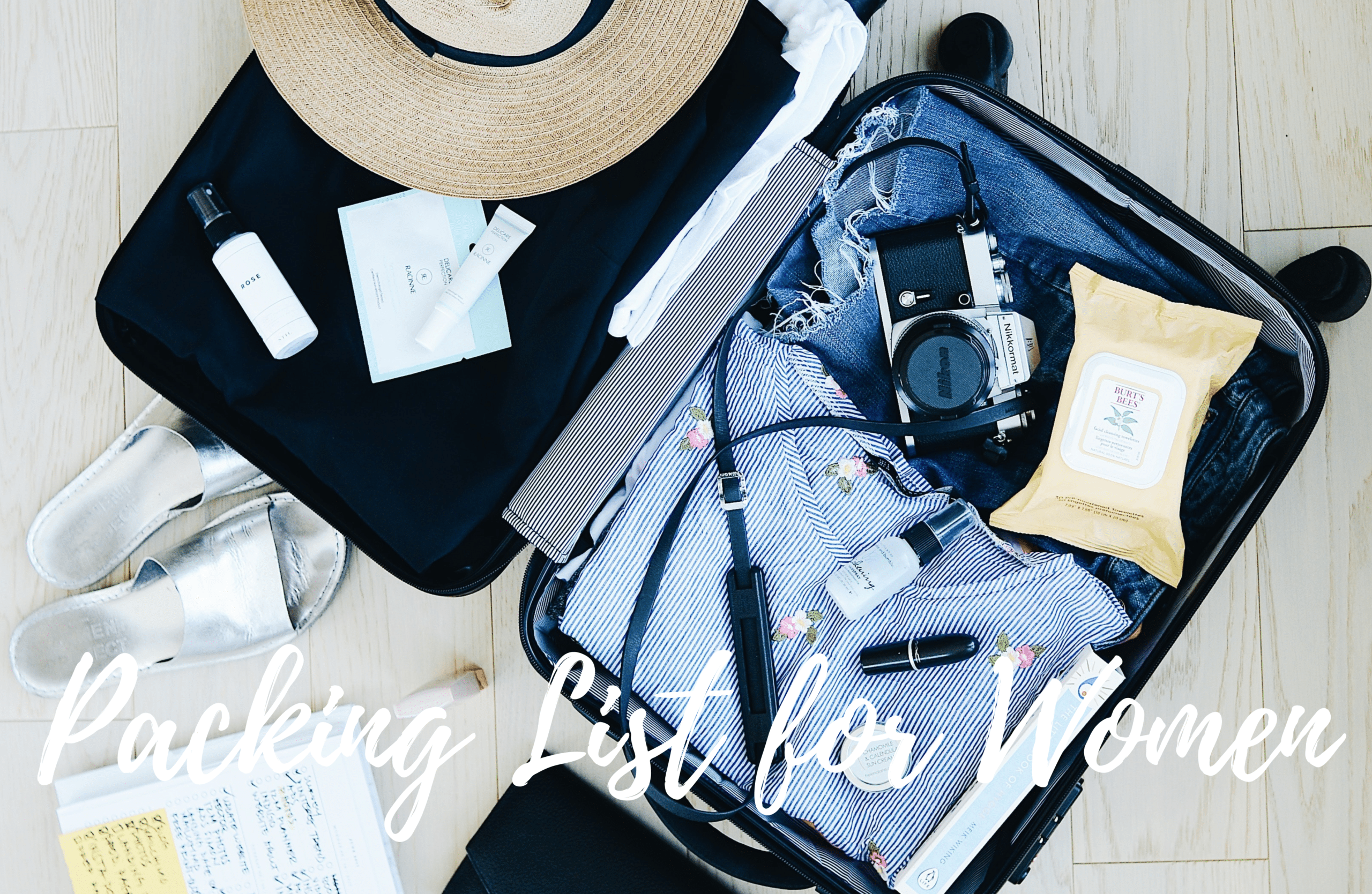
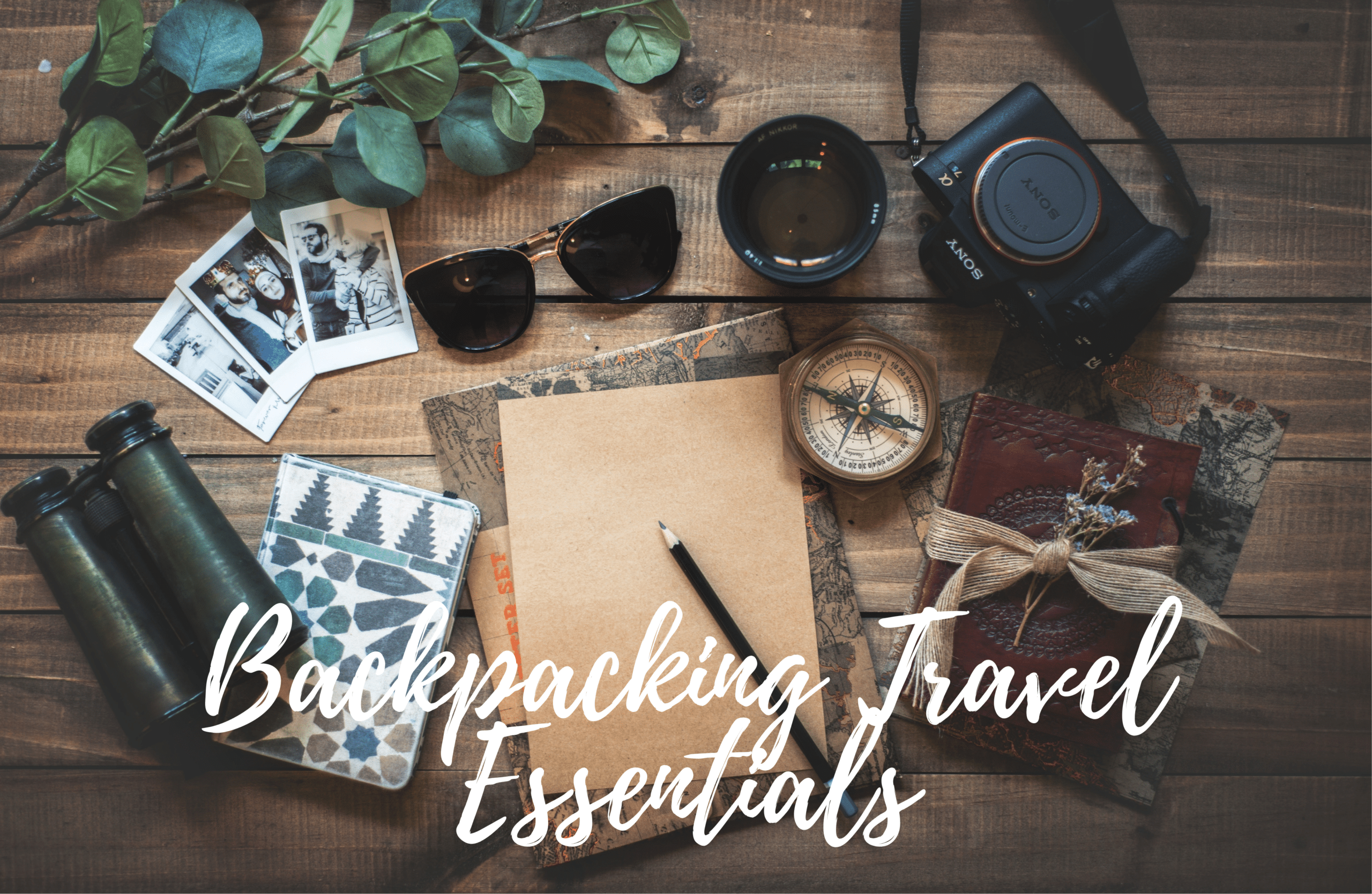

0